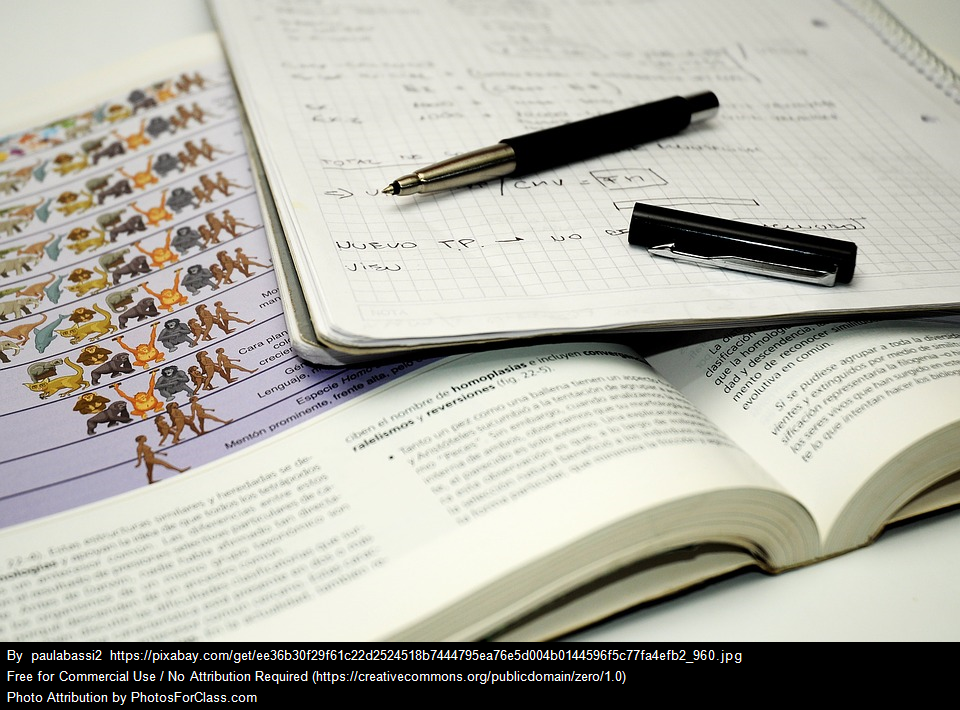Today I’ve been hearing from some very unhappy teachers. As in, teachers who are upset to the point of tears on behalf of their students. Excellent, very experienced teachers. The reason for their unhappiness? This year’s NCEA Level 3 (year 13) biology exam, sat by their students just a few days ago.
And at this point I should emphasise that the teachers’ concerns were focussed towards the New Zealand Qualifications Authority, and not the individual examiner(s) who, after all, prepare these documents with advice and guidance from NZQA staff. Their concerns were focused on the system.
Now, it’s several years since I was an examiner at this level, and I know that the nature of the exam has changed. And of course the teachers themselves are well aware of what’s been expected in the past; they’re just taken aback by the nature of this year’s papers**.
Thing is, I was also involved in developing Scholarship-level exams and to me, while for some questions there’s quite a bit of resource material to get through in this year’s L3 exam, the amount of writing required of students seems an awful lot for level 3. The question-books for the exam (you’ll find them here) contain multiple blank pages for students to write their answers: the implicit message is that a lot of writing is needed. There are 3 questions like this in a book, so three essay-type answers for students hoping to achieve an excellence for the paper.
This may not sound like much – but the actual exam covers 3 separate achievement standards. So a student who’d prepared for all three (and most schools encourage this) would find themselves faced with writing up to 9 (yes, nine) extended answers over the space of three hours. (For comparison, a Schol Bio candidate would write just 3 essays in the same time frame.) In other words, the demands of this exam are such that it would quite likely preclude students from doing justice to all three papers.
So, here are some of the teachers’ concerns (I’m quoting with their permission):
- for an ‘excellence’ response, a student had to demonstrate high-order analysis & evaluation skills, in an answer generated in just 20 minutes (less, really, because of the requirement to read the question & plan an answer first). This is a big ask.
- students who were slower writers, or who had lower (but still OK) literacy levels would struggle to complete in a way that still allowed them to demonstrate their knowledge about biology and so gain an ‘achieved’. [And let’s remember that there’s a lot more to knowledge than simply being able to write a bunch of definitions.]
- “all my students felt let down by this examination. All their hard work, dedication, and love for the subject were lost in those 3 hours.”
- “I have seen a fair few of my students this week and they are so demoralised! Many are gutted they tried to do all 3 papers [because they] couldn’t do them justice- am gutted for them!”
- “A Facebook comment stated, “OK, I will play their game and only do two externals next year”. What is happening to the integrity of our subject when the assessment is driving the whole course structure of Biology in schools throughout the country?”
- “We are losing students because the subject is deemed too difficult. A colleague informed me that her daughter would not be taking Biology next year because it was too hard so she is taking Physics and Chemistry instead.”
Yes, this is anecdotal. But if these comments reflect a widespread reality, then science education in this country will be the loser.
** I was rather concerned about a particular question, too – but that’s best left to another post, on my ‘other’ blog.



You must be logged in to post a comment.